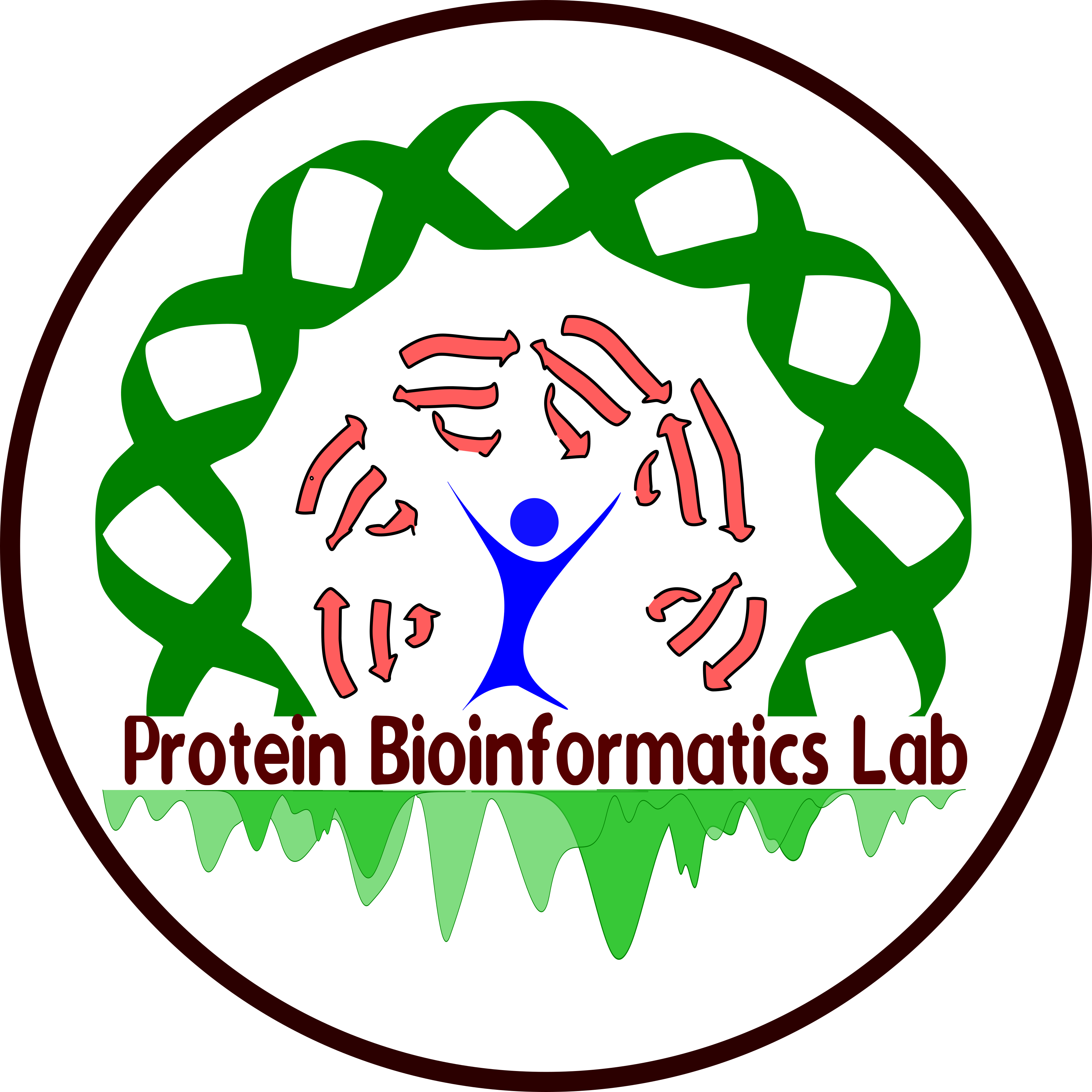Frequently Asked Questions
What is PCA-MutPred?
PCA-MutPred is a webserver to calculate the binding free energy change (ΔΔG in kcal/mol) upon mutation in protein-carbohydrate complexes. It uses sequence and structure-based features and predicts a ΔΔG using regression models.
What is the advantage of using PCA-MutPred?
PCA-MutPred uses protein chain and carbohydrate information for classification, sequence and structure-based features to predict the change in binding affinity (ΔΔG value, kcal/mol) upon mutation in protein-carbohydrate complexes. It does require structural data as input using the UniProt ID (to obtain structures from AlphaFold structure database) or structure file. Thus, it can be used for protein which has modelled or experimental structures is available.
Why is my input is not being accepted by the server?
There are a number of reasons why our server may not accept a given input. Please ensure that:
- The sequences are in FASTA format
- The chain identifier is specified in the header like: "> chain A"
- There are no unusual characters, numbers or other symbols in the input.
- The UniProt ID (AlphaFold structures) or structure file is given in PDB format
- The mutations are in the specified format: wt-position-mutation
- One mutation per line
- No extra empty lines or spaces
What is the best method to choose the classification?
In practice, protein sequences are annotated with Subunit structure in UniProt, you can obtain the information for protein classification from there and carbohydrate classification can be picked based on user desire.
Where to get UniProt ID or modelled structure file for the structural input?
User can get the UniProt ID of proteins from UniProt database. Further, modelled and experimental structures are available at AlphaFoldDB and PDB, respectively.
What are the features used in prediction of free energy change in protein-carbohydrate complexes?
We have initially generated a set of 152 sequence-based features. These properties include
- (i) 69 physicochemical properties of amino acid residues
- (ii) 30 mutation matrices accounting the neighboring residue information
- (iii) 14 distance potentials and mutations matrices from AAIndex
- (iv) 24 PSSM scores and conservation scores
- (v) 15 properties from the information on the preference for aliphatic, aromatic, polar, charged and key residues (residues, which are involved in both binding and folding;) in the vicinity of the mutation sites with a window length of 3-19 residues (1-9 residues on both N- and C-directions).
Further, we have developed a set of 17 structure-based features and selected the important properties for developing the method for predicting the binding free energy change upon mutation. These properties include
- (i) Residue depth obtained with the python package, Bio.PDB.
- (ii) 3 hydrogen bond features from HBPLUS.
- (iii) 10 atom-wise accessible surface areas for the mutation position using NACCESS.
- (iv) 3 residue-based accessible surface using DSSP.
I am facing issues with the display of the website on my browser.
The website may be best viewed using the latest version of a browser such as Google Chrome or Mozilla Firefox.

